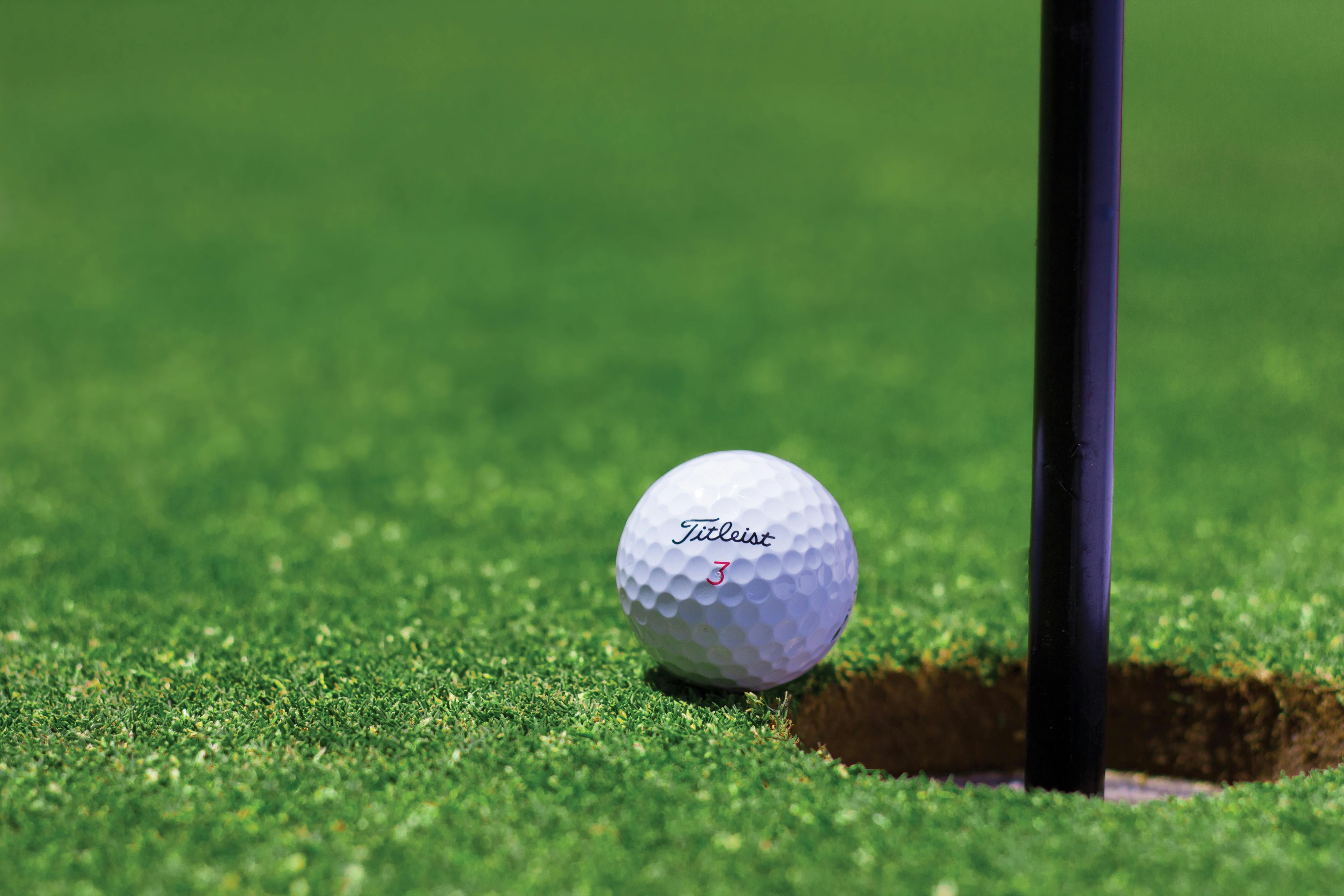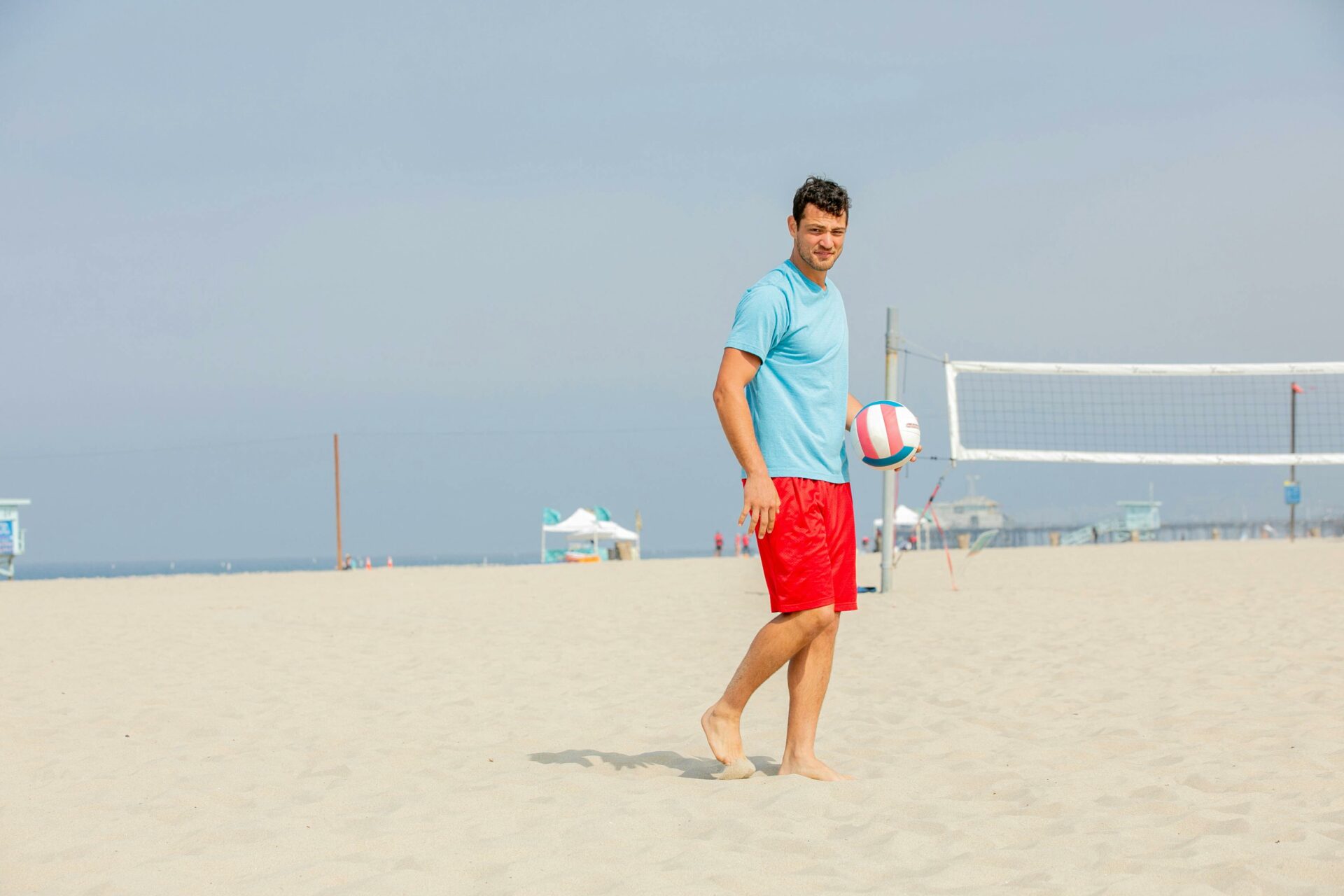One of the most frustrating issues for golfers of all skill levels is topping the golf ball. Topping the golf ball results in a weak shot that doesn’t travel very far, and it’s something that can be extremely difficult to fix. Thankfully, with the right approach and practice, it is possible to correct this issue and prevent it from occurring again. In this article, we’ll discuss some of the most effective strategies for avoiding topping the golf ball. With these tips in mind, you’ll be able to make consistent contact with the ball and hit shots that travel farther with more accuracy.To prevent topping the golf ball, players should focus on a few key techniques. First, they should ensure that they keep their head down and maintain consistent eye contact with the ball during the swing. Second, they should make sure to take an outside-in swing path with the club, so that the clubhead strikes the ball on the upswing and not on its downward trajectory. Third, they should make sure to control their weight transfer during their backswing and follow-through, shifting their weight from back to front as they swing and then back again as they move through impact and finish. Finally, players should practice proper alignment by aiming their feet, knees, hips and shoulders towards their target at address. By following these tips and mastering these fundamentals of a good golf swing, players can effectively avoid topping the golf ball.
What Causes Topping of the Golf Ball?
Topping the golf ball is one of the most common swing faults among amateur golfers. It occurs when a golfer swings down too steeply and strikes the top half of the golf ball, resulting in a shot that barely leaves the ground. Topping can lead to inconsistent shots and unreliable distances, making it a frustrating issue for many players. The primary cause of topping is an incorrect swing path, but there are other factors that can contribute to this issue as well.
One common cause of topping is an incorrect grip. If the grip is too strong, meaning that it is rotated too far clockwise on the club, then it can create an overly steep angle of attack into the ball. This will cause the club to strike the top half of the ball more often than not. In addition to this, if a player’s grip is too weak, meaning that it is rotated too far counterclockwise on the club, then this will also result in an overly steep angle of attack into the ball and thus increase topping issues.
Another important factor in avoiding topping is posture at address. If a player has poor posture at setup, like standing up too tall or leaning away from the target line, then this will also result in an overly steep angle of attack into the ball and thus increase chances of topping shots off-center. It is important for players to maintain their spine angle throughout their swings in order to ensure they are creating an optimized launch angle with their clubs into each shot they hit.
Finally, another cause of topping can be due to a lack of power in a golfer’s swing or using clubs with lofts that are too low for one’s skill level. If a golfer does not have enough power behind their swings or if they use clubs with lofts that are too low for their swing speed and skill level (like using a driver when they should be using a hybrid), then this will decrease launch height and thus increase chances for topping shots off-center even more so than incorrect grips or poor posture at address would alone.
In order to avoid excessive topping issues on one’s shots, it is important for players to focus on proper setup fundamentals like correct grips and posture as well as having enough power behind their swings when hitting their shots with each club they use out on course. By doing so, one will be able to create optimal launch angles into each shot they hit, significantly reducing chances for unwanted mis-hits like topping off-center much more often than before.
Adjustments To Reduce The Risk Of Topping The Golf Ball
When it comes to topping the golf ball, making certain adjustments is key to avoiding this common mistake. Topping the golf ball happens when the clubhead strikes the top of the ball instead of the center, causing a weak shot with little distance. Fortunately, there are several adjustments golfers can make to reduce the risk of topping the golf ball.
The first adjustment is to check your posture. When setting up to swing, ensure that your posture is correct and that your body is in balance throughout the swing. Making sure your spine angle is correct and your feet are in a comfortable position can help you avoid topping off shots.
Another important adjustment involves grip pressure. Keeping a light grip on the club while swinging can help ensure that you don’t come over the top too quickly and hit the top of the ball with your clubhead. Keeping your grip pressure in check will help you make a smoother transition during your backswing and follow-through.
Finally, it’s important to adjust your swing path when trying to avoid topping shots. Make sure you are swinging on an inside-out path so that you don’t hit down on the top of the ball with an overly steep angle of attack. A shallow angle of attack will also help ensure that you don’t come over the top too quickly and hit behind or on top of the ball instead of toward its center.
Making these simple adjustments can go a long way towards helping golfers reduce their risk of topping off shots and improve their overall game. With practice and dedication, anyone can become a better golfer by learning how to avoid common mistakes like topping off shots.
Pre-Swing Checks For Proper Alignment
Every golfer wants to be able to hit the ball straight and far. In order to do that, it is important to make sure you have the proper alignment before you take your swing. Pre-swing checks are an important part of making sure your body is in the right position and that you are setup for success.
Before you address the ball, make sure your feet are shoulder width apart and that they are parallel to each other. This will provide a solid foundation for your swing and help keep you balanced throughout the motion. You should also make sure your hips and shoulders are parallel to each other so that they move in unison during the swing.
Next, make sure you have good posture before you start swinging. Your shoulders should be over your feet and your spine should be slightly tilted away from the target line. This will help keep your body in balance when you start swinging. Make sure not to lean too far forward or backward during the swing or else it can throw off your alignment.
Finally, check that the clubface is square with the target line before swinging as well. If it’s not, adjust accordingly until it is pointed at where you want your ball to go. Taking a few seconds before taking a swing can go a long way towards ensuring proper alignment and a successful shot.
By following these pre-swing checks, golfers can ensure they have proper alignment before taking their swings which will lead to better results on the course!
Utilizing The Proper Swing Path
Having the proper swing path is essential to becoming a successful golfer. When you are able to properly track the ball from start to finish, you will be able to hit more consistent shots and lower your scores. To make sure you are utilizing the correct swing path, there are several things you should focus on.
First, it is important to understand the basic fundamentals of a golf swing. Knowing the basics of setting up your stance and gripping the club will help ensure that you have a consistent starting point for every shot. Additionally, understanding how your body should move during the swing is key to making sure you stay on track with your intended target. You want to be able to maintain a wide arc throughout your swing and keep your head still in order to create maximum power and accuracy.
Second, it is important to practice regularly in order to become comfortable with your golf swing mechanics. Practicing with drills can help you become more aware of any flaws or inconsistencies in your golf swing that need improvement. This will help you develop better muscle memory so that when it comes time for competition, you can trust that your body will know what needs to be done without having to think about it too much.
Finally, pay close attention when playing on different courses and in different conditions. Every course has its unique challenges which can throw off even the best players if they don’t adjust their swings accordingly. Using a few practice shots before each round can help ensure that you are prepared for any surprises that may come up during play.
Utilizing the proper swing path is an essential part of being successful in golfing. By understanding the basics of setting up and executing a golf swing, practicing regularly with drills, and adjusting as needed when playing on different courses, you can improve your game dramatically and start seeing lower scores overall.

Making Sure You Are Striking Down On The Ball
It is important to make sure you are striking down on the ball when playing golf. Doing so ensures that the ball will travel further and with more accuracy. When you hit the ball, your arms should be straight and your hands should be below your shoulders. This will help you to keep the clubface square to the target and ensure it strikes down on the ball. To ensure you are doing this correctly, it is best to practice in front of a mirror or video camera.
Your posture can also affect how well you strike down on the ball. Make sure you have good posture while setting up for a shot. Your feet should be shoulder width apart, your knees bent slightly, and your spine tilted slightly forward. This will help give you balance and allow you to swing freely while ensuring that your club head is square to the target at impact.
It is also important to make sure that your weight is shifting correctly during your swing. As you take the club back, most of your weight will shift onto your right side (for right-handed players). As you progress through the swing, your weight should then move back towards the left side as you strike down on the ball with a descending blow. This will help generate power and distance on each shot.
Finally, make sure that you finish with good form as well. After striking down on the ball, keep turning through until both arms are fully extended and pointing towards the target line. Doing so will help ensure that all of your power is transferred into the shot and avoid any unnecessary jerky movements that could cause a loss of accuracy or direction in flight of the ball. With practice and proper technique, striking down on each shot can become second nature and improve accuracy and distance for each shot throughout a round of golf.
Maintaining A Consistent Tee Height
Achieving consistent tee height in golf is essential for improving a player’s swing and accuracy. Tee height can affect the trajectory of the ball, and the proper height will depend on the club used and the shot required. Improper teeing height can result in a slice, hook, or an errant shot that could lead to a penalty stroke. To maintain consistent tee height, it is important to practice regularly and be aware of how your body mechanics affect your swing.
Before hitting each shot, ensure that your teeing height is correct for the club being used. If you are using an iron club, you should have the ball level with the top of the clubface when addressing it. For a driver, place the ball about one inch higher than with an iron club. Make sure that your stance is wide enough to accommodate this difference in height between clubs. Additionally, check that your feet are set parallel to the line of flight and that your left shoulder (for right-handed golfers) is lower than your right shoulder at address.
To keep a consistent teeing height throughout your swing, focus on maintaining good posture throughout by keeping your head still and centered over the ball until just after impact. As you shift weight from back to front foot during the downswing, make sure that you maintain good balance and keep both arms extended at shoulder level or slightly below as you approach impact. You may also find it beneficial to set up alignment sticks behind each golf ball as visual cues for proper stance width and arm extension during setup.
Finally, practice regularly so that you become accustomed to swinging with consistent Tee heights for different clubs. Practicing with alignment sticks can help reinforce good habits such as proper posture and stance width at address as well as arm extension during downswing. These drills can be done either on or off-the-course so long as they are done regularly enough to help develop muscle memory for consistent teeing heights when playing on course.
Ensuring Proper Club Selection
Golf is a great way to get out and enjoy nature while keeping physically active. However, golf can often be an intimidating sport because of the many different pieces of equipment involved, including clubs. Selecting the right clubs for your game is essential to executing successful shots and enjoying the game.
The best way to ensure proper club selection is to do some research and try out a variety of clubs. Start by researching the different types of clubs available, such as woods, irons, and putters. Also familiarize yourself with what each club is designed for and how it should be used. After doing your research, visit a golf store or driving range and try out different clubs to find ones that feel comfortable in your hands and fit your playing style.
It’s also important to consider other factors when selecting clubs, such as your strength and swing speed. Most golfers have their swing speed measured by an instructor or pro shop in order to determine which type of shaft will give them the most control over their shots. Additionally, having your clubs fitted for length can help you hit more accurate shots as well as be more comfortable when swinging them.
Finally, don’t forget about accessories such as head covers and bag tags that can add style and personality to your game. With so many options available, it’s important to take the time to find the right clubs for you so that you can have an enjoyable round of golf every time you step onto the course!

Conclusion
Topping the golf ball is a common problem faced by many golfers. To avoid this, you need to make sure that your swing path is inside and across the ball, your weight is properly balanced between your feet, and that you swing with a smooth tempo. Additionally, it’s important to keep your head still and keep your eyes focused on the ball during the entire swing. Following these steps should help you to reduce your chances of topping the golf ball.
You can also practice with different clubs and different lengths of swings to further improve your accuracy. With practice and patience, you can develop a reliable swing that will help you to reach full potential as a golfer.
Overall, topping the golf ball can be quite frustrating but with proper technique and practice it can be overcome. Don’t get discouraged if you experience this occasionally- simply remember the tips from this article so that you can improve upon it in future rounds of golf.




